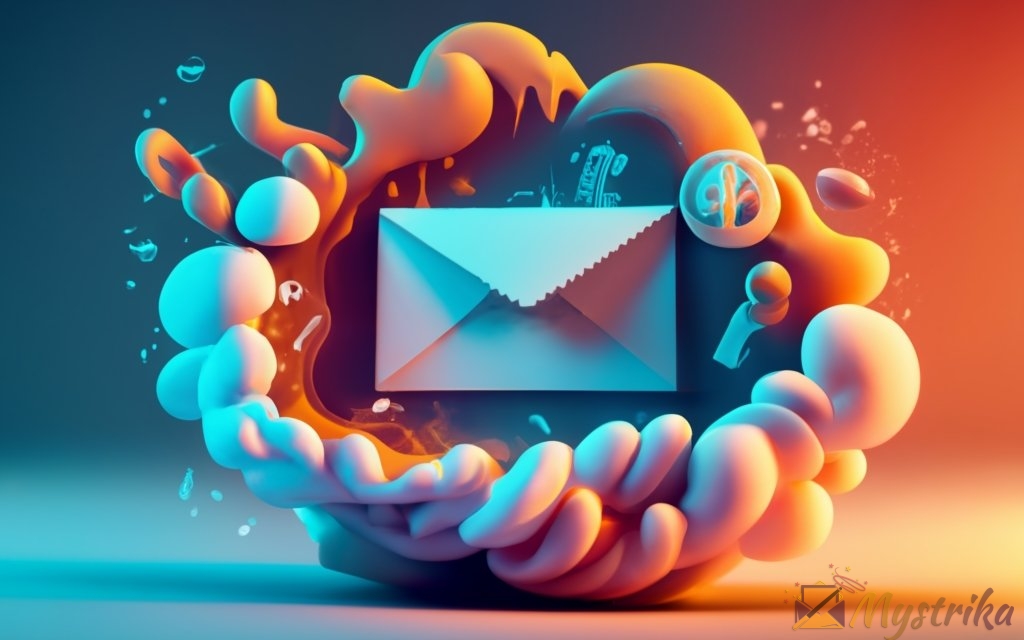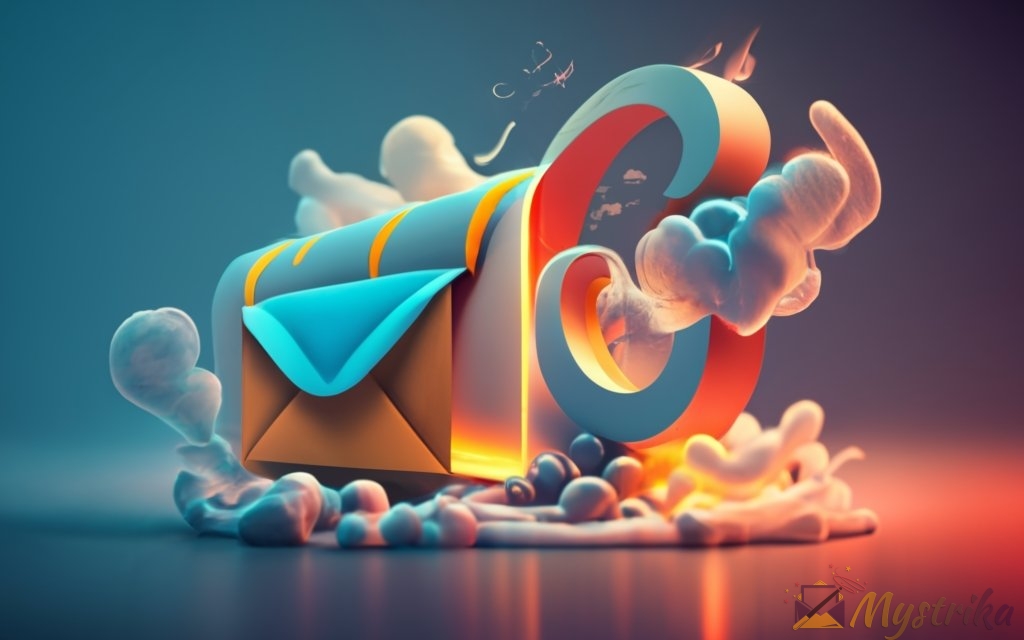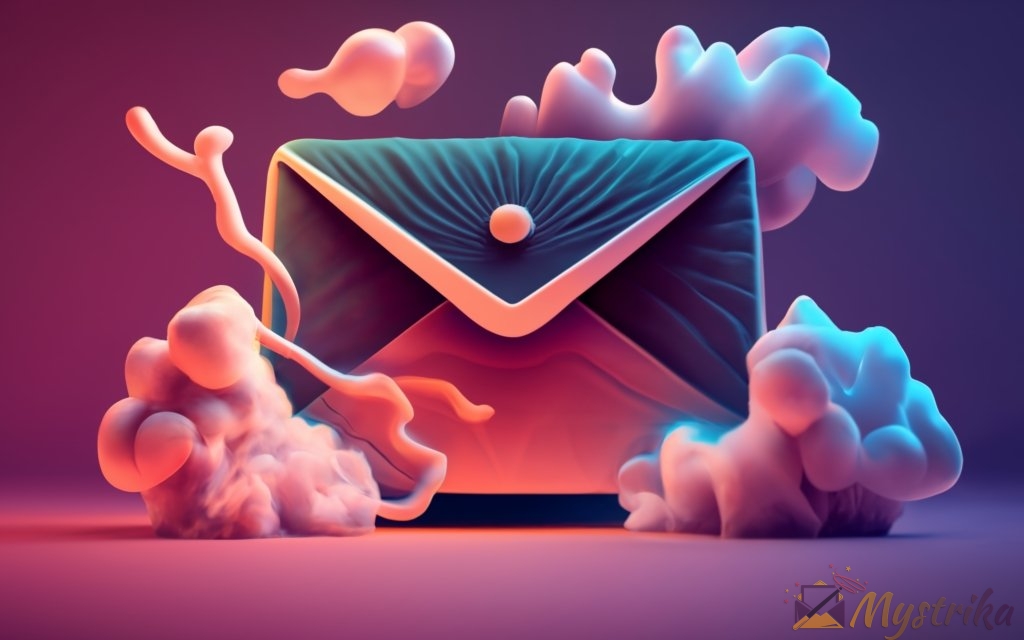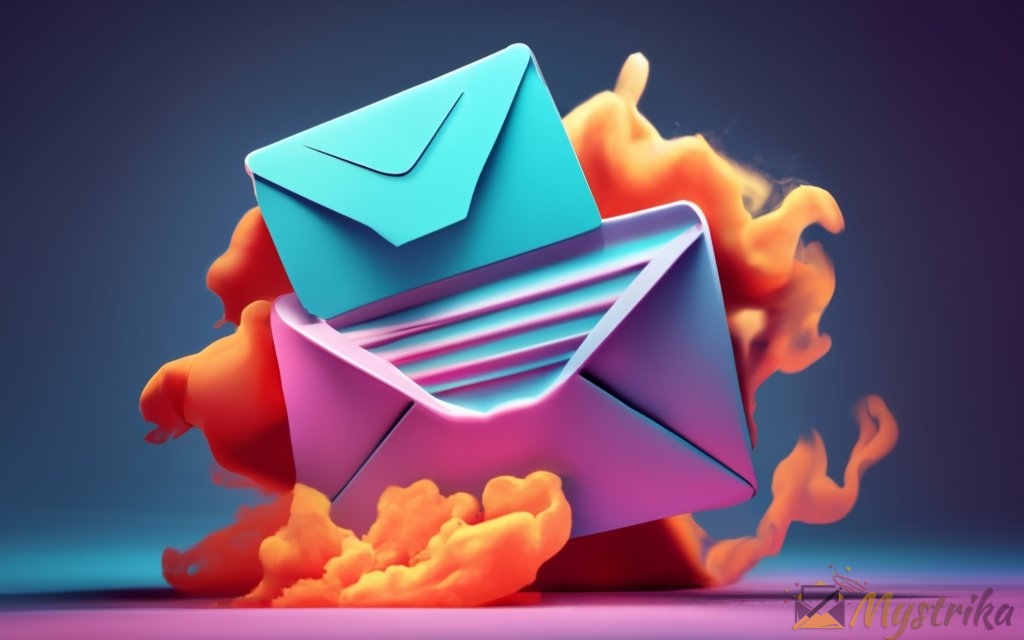Want to add visual interest to your emails? Learn how to easily insert images, optimize them for inboxes, and troubleshoot issues.
Adding images to your emails can make them pop! But you need to do it right – haphazardly thrown-in pictures can make your messages feel amateur.
In this comprehensive guide, you’ll learn all about including images in emails in a professional way that enhances engagement. We’ll explore how to insert pictures into all the popular email platforms and address key questions like ideal image formats and sizes. You’ll get hands-on steps for Outlook, Gmail, Yahoo Mail, and more. Plus, vital advice for properly preparing images to look great in inboxes, avoid issues, and align with email design best practices. So read on to become an expert at inserting images into emails minus the headaches!
Overview of Inserting Images in Email
Adding images to your emails can be a great way to increase engagement, convey information visually, and make your messages stand out. In this section, we’ll explore some of the key topics related to inserting images in email so you can use them most effectively.
Common Uses of Images in Email
There are many different reasons you may want to include images in your email campaigns or daily communication. Some of the most common uses of images in email include:
- Logos – Include your company logo or branding image to maintain professionalism and recognition. Position it in the header or signature.
- Product Images – Showcase products, samples, or case studies visually with shots of what you’re offering.
- Diagrams and Charts – Simplify complex information with diagrams, flowcharts, and data visualizations.
- Infographics – Use infographics to communicate statistics, comparisons, timelines or concepts.
- Photos – Include event photos, headshots of team members, or relevant high-quality photos.
- Illustrations – Use illustrations as visual interest or to illustrate a concept. Icons and emoji can also accent your text.
- Gifs – Animated gifs can capture attention in your introduction or CTA. Use them sparingly as they can appear unprofessional.
Images allow you to go beyond plain text to create visually engaging emails. Just be sure any images directly relate to and enhance the content.
Methods for Inserting Images in Email
There are a few different methods you can use to insert images into email messages:
- The Image Tool – Most email services like Gmail and Outlook have dedicated image upload buttons or options in the text editor toolbar. This lets you upload or link an image and insert it directly into the message body.
- Drag and Drop – For email web interfaces that support it, you can drag and drop an image file directly into the body of the message from your computer. The image will be embedded.
- HTML Code – Some platforms give you the option to edit the HTML code directly. You can insert a line of HTML
<img src="image.jpg">to embed images this way. - Copy and Paste – In a simple text editor, you can copy and paste an image from another app and it will embed it into the email in some email clients.
- Email Signature – Most email providers let you save an email signature with formatted text, images, and links that gets appended to all your emails.
So you have several convenient options for including images regardless of which email service you use.
Image Formats for Email
The most common image formats that you should use in email are JPEG, GIF, and PNG:
- JPEG – JPEG is the most widely supported format and is great for photos and real-life images like headshots, products, and event photos. JPEGs can be compressed for smaller file sizes.
- GIF – GIFs allow small animations and transparency. Use brief GIFs sparingly to avoid large file sizes. Static GIFs function like JPEGs.
- PNG – PNGs maintain transparency like GIFs but are better for diagrams, logos, illustrations and icons. However, they produce larger file sizes than JPEGs.
For the best compatibility across email clients, stick to .JPEG, .GIF, or .PNG formats. Avoid using BMP, TIFF, EPS, PSD, or RAW.
Image Sizes for Email
To prevent images from appearing broken or distorted in inboxes, it’s important to limit their file size and dimensions.
Many email services automatically resize oversized images, which can reduce quality. Instead, resize and optimize them yourself before inserting.
Here are some best practice image sizes for email:
- Width – Up to 600 pixels or 100% maximum width for the container.
- Height – Any height looks fine, but gigantic images may get cropped.
- File size – Ideally under 1 MB, but 100-300 KB is optimal.
- Aspect ratio – Landscape orientations fit best with text. Portrait is okay in signatures.
Test your image on different devices to ensure it renders well responsively. Compressing oversized files can help meet the recommended sizes.
Following these image insertion tips and best practices will help your emails appear cleanly and professionally across the major email platforms. With a relevant, well-designed image that integrates seamlessly into your content, you can engage your recipients and elevate your message.

Step-by-Step Instructions
Now let’s walk through the specifics of how to insert images into emails in the most popular email clients and webmail platforms. Follow these step-by-step instructions to seamlessly add images to your messages.
Inserting Images in Outlook Email
Microsoft Outlook makes it simple to put pictures into your emails. Here’s how:
Via Insert Tab
- In the new email window, select the Insert tab.
- Click the Pictures button.
- Browse your files and select the image to insert.
- Choose Insert to add the image to your email body.
- Resize or customize the image if needed.
Via Drag and Drop
- Open your email draft and open the folder with your image file separately.
- Click and drag the image file onto the email body.
- Release to embed the image into the email.
- Adjust sizing and positioning as needed.
Resizing Images
- Click the image and selection handles will appear.
- Drag a corner handle to manually resize the image.
- Go to Format > Size to enter exact height and width values.
- Check Lock aspect ratio to maintain proportional resizing.
Adding Borders and Hyperlinks
- Select the image, go to Format > Picture Styles to add a border.
- Choose Picture Border then pick a border style and color.
- For a hyperlink, select the image and click Insert > Link to add a URL.
Inserting Images in Gmail
Inserting pictures in Gmail messages is quick and easy:
- In the email composition window, place your cursor where you want the image.
- Click the Image icon (a landscape picture).
- Select Upload to find the image file on your computer.
- Choose the image and click Select.
- You can resize, center, add alt text, or modify the image.
- Click Send when your email is ready.
For advanced formatting, use Insert > Template to access Gmail layouts with image sections.
Inserting Images in Other Email Platforms
Nearly every popular email service and webmail client allows you to embed images into your emails. Here are a few:
Yahoo Mail
- Compose your email message in Yahoo Mail.
- Click the paperclip icon to access attachments.
- Select Insert Photo, then choose your image file to upload.
- Drag image corners to resize, click to customize.
Apple Mail
- While composing a message, go to Format > Add Attachment > File.
- Select the image file from your Mac folders to add it.
- The image will appear in your message for inline placement.
- Adjust size and positioning by dragging and dropping.
Webmail Clients
In AOL, iCloud, Zoho Mail, or other webmail with text editors:
- Write your email message, place cursor where you want the image.
- Select the image icon and upload the picture from your computer.
- The image will embed into the email body for formatting and resizing.
Following the specific steps for your email platform makes inserting images into emails seamless. With a few clicks, you can easily enhance your messages with photos, diagrams, logos and other visuals your recipients will appreciate.

Optimizing Images for Email
To ensure your images look great and load quickly in inboxes, it’s important to properly optimize them for email before inserting. Here are some key tips for choosing the right email images, compressing files, cropping, and adding alternative text.
Tips for Choosing Email Images
Picking the right kinds of images will make your job easier when prepping them for email. Keep these guidelines in mind:
- Relevant – Images should directly relate to your content and serve a purpose, not just decoration.
- Quality – Use high-resolution, crisp images. Avoid pixelated, blurry, or low-quality shots.
- Composition – Images with the subject centralized work best. Avoid busy backgrounds.
- Lighting – Proper lighting brings out details. Avoid overly dark or washed out images.
- File Format – JPG, PNG, and GIF are safest. Avoid large BMP, RAW, PSD files.
- Color Profile – Opt for sRGB color space over AdobeRGB or other expanded gamuts.
- Accessibility – Images should convey meaning even without alt text for accessibility.
Taking a bit more care when selecting your images upfront will give you a solid starting point before you optimize them further.
Compressing Large Image Files
If your images are too large, they could get blocked or downsampleded by email servers. To avoid this:
- Use image editing software like Photoshop, GIMP, or online tools to compress JPGs. This reduces file size while maintaining quality.
- For JPEG images, save at 60-80% quality. The difference is often imperceptible.
- Resize images to under 1 MB. 600 KB or less is ideal.
- Limit PNGs to hero images since they compress less.
- Convert large PNGs to JPG to shrink the file size.
- For animated GIFs, use only a few frames and colors to minimize file size.
With compressed image assets, you don’t have to sacrifice quality to meet email file size limits.
Cropping Images for Email
Cropping images gets them closer to the ideal dimensions for emails. To crop easily:
- Use image software to crop areas irrelevant to the content.
- Maintain key details and central focus points.
- Crop to a landscape orientation. Portrait works for logos.
- Standard email width is 600 pixels or less.
- Safe height is typically any length that retains key details.
- Cropping also reduces file size by eliminating extra pixels.
- Save cropped versions separately to reuse.
Cropping images tailored to email helps fit them cleanly into the narrow message window alongside text.
Adding Alternative Text
For accessibility and if images don’t load, alternative text is key:
- Describe the image and its purpose concisely.
- Avoid repetition and obvious statements like “Picture of product”.
- Max 125 characters to prevent text truncation.
- Specify important details like text on graphs or diagrams.
- Use clear labels like “Company logo”, “Photo of sales team”.
- Alt text also helps with SEO by including keywords.
Taking a few moments to write effective alt text provides essential context for your images.
By selecting, compressing, cropping, and adding alt text to your images, you’ll have email-ready visual assets. This optimization process helps them load quickly, appear crisply on all devices, and improve accessibility. Your recipients will appreciate the effort put into curating and prepping quality images to include in your emails.

Troubleshooting Image Insertion Issues
Despite your best efforts, you may occasionally run into problems inserting images into emails. Here are some common image issues you may encounter and how to troubleshoot them.
Fixing Image Download Errors
If your image shows a box with an X or broken link icon, the recipient’s email client couldn’t download the image file. To fix:
- Verify image URL – If linking to a cloud or web image, check the URL is correct. Reupload image if needed.
- Check if image moved – If linking to a local file on your computer, the file location may have changed. Update the link.
- Use absolute path – Link using the full absolute URL instead of a relative file path which can break.
- Verify formats – Uncommon formats like BMP or TIFF may not be supported. Stick to JPG, PNG or GIF.
- Compress images – Large image files could fail to download fully. Compress images to under 1 MB.
- Host images – Upload images to a cloud hosting service and link to them there instead of locally hosting.
Dealing with Blocked Images
Some email providers block externally hosted images by default for security reasons. To allow your images:
- Switch image hosts – Try a different reputable image host like Imgur, Flickr or Cloudinary if blocked.
- Read instructions carefully – Some providers require recipients to enable images or “allow pictures”. Have them follow instructions.
- Use provider’s image uploader – Tools like Gmail or Outlook upload your images to their own approved servers.
- Host images locally – Add images as attachments which recipients have to download.
- Check for bugs – Buggy spam filters could also falsely flag images as unsafe. Report issues.
Handling Image Sizing Problems
If your images appear too large, small or distorted:
- Check pixel dimensions – Images should be max 600 pixels wide. Height can vary.
- Verify file size – Large uncompressed files can downsample. Compress under 1 MB.
- Clear browser cache – Recipient’s cached old image may show instead of updated.
- Check Outlook compatibility – Outlook auto-resizes images by default unless turned off.
- Resize before inserting – Letting the client resize images can distort them.
- Remove padding or borders – Extra pixels can push resized images out of proportion.
- Use proper sizing attributes – In HTML image tags, define height and width.
Investing a few extra minutes in getting your images sized and configured properly will prevent later headaches for you and your email recipients.
By understanding the most common image insertion problems, you can troubleshoot confidently and ensure your emails appear as intended with all visuals loading correctly.

Best Practices and Design Tips
Let’s wrap up with some key best practices and design considerations for effectively inserting images in your emails. Follow these tips and your email images will look polished and professional.
Placement and Alignment of Images
Where and how you position images impacts the email reading experience. Use these guidelines:
- Avoid placing images crucial to understanding above the email fold, as they may get cut off on smaller screens.
- Align images left or center to fit neatly with the text flow instead of floating randomly.
- Images in the header can act as eye-catching introductory visuals.
- Use a summary image near the top to reinforce key messaging.
- Break up long sections of text by inserting relevant images between paragraphs.
- Place action-driving images like products, diagrams, or buttons near call-to-action links.
- Set wide images to display at 100% width to edge-to-edge across mobile screens.
Using Images for Visual Hierarchy
Images help create visual hierarchy, directing the reader’s attention:
- Large statement hero images command attention, while supporting images remain smaller.
- Break up text-heavy emails with images to provide visual resting points.
- The positioning also affects hierarchy—higher placement indicates more importance.
- Caption important figures, diagrams, and concepts to focus attention.
- Style images differently from body text, resizing and centering for prominence.
Images to Avoid in Email
Not all images are well-suited for email’s constraints. Avoid:
- Stock photos – Generic stock images look unengaging and lack context.
- Heavy text overlays – Text covering much of an image is unreadable in small sizes.
- Low-contrast – Busy backgrounds or poor lighting make images hard to see.
- Ultra-wide – Wide panoramas and landscapes are difficult to resize for mobile.
- Clipart, memes – Tacky clipart and memes detract from a professional look.
- Anything blurry – Pixelated or blurry images come across as sloppy.
- Image-heavy emails – Too many images clutter the email and affect deliverability.
By keeping best practices in mind as you compose and design your email, you can make the most of images to deliver an engaging experience with clear communication and visual appeal.

Key Takeaways
Inserting images into your emails can help improve engagement, get your message across visually, and make your communications more vibrant and memorable.
Some key points to keep in mind:
- Use relevant, high-quality images like logos, product shots, graphics, and photos. Avoid generic stock images.
- Keep file sizes optimized for email by compressing and resizing larger images before inserting.
- Pay attention to proper image formatting and alignment within your email to ensure it renders well.
- Include alternative text for accessibility and SEO. Be descriptive but concise.
- If images don’t appear correctly, troubleshoot potential issues like incorrect links, blocking, or sizing problems.
- Follow best practices for choosing complementary images that work within email constraints.
With a thoughtful strategy for inserting images into your emails, you can craft engaging messages that resonate with your recipients and effectively convey your ideas. A picture is often worth a thousand words, so take advantage of visual communication while keeping these tips in mind.
Frequently Asked Questions
How do I insert an image in Gmail?
In Gmail, click the Image icon while composing your email, select your photo from your computer files, and click Insert. You can also drag and drop images into the body of the email.
What is the best image format for email?
JPEG is the most widely compatible image format for email. Other safe options include PNG for diagrams and illustrations with transparency and animated GIFs for short animations.
What is the maximum image size for email?
For best results, email images should be less than 1 MB in file size, no more than 600 pixels wide, and any height that makes sense for the image. Landscape orientations tend to work best.
How do I compress large images for email?
Use image editing software to reduce image dimensions and compress JPEG quality to 60-80% without noticeable quality loss. This greatly reduces file size. There are also free online compression tools.
Should I attach images or insert them into the email body?
Inserting images inline into the email body is preferable as it displays the image directly in the message. Attaching files requires recipients to download them separately.
How do I fix images not loading in email?
Verify the image URL is correct if linking externally. Check for blocks by the recipient’s email client. Ensure proper formatting and file types are used. Compress overly large files.
Can I add borders or stylize images in emails?
Yes, most email services allow applying borders, basic visual styling, alternative text, hyperlinks, and more customization to images inserted in emails.
What are some good tips for choosing email images?
Pick relevant, high-quality images with good lighting and visual focus. Avoid stock photos, heavily overlaid text, and overly wide or non-standard aspect ratios.
How do I align images in emails properly?
Set image alignment to left, center, or full-width instead of floating randomly. Ensure sizing scales responsively for mobile. Position important images near relevant content.
How do I insert an image on Outlook for Mac?
In a new message, go to Format > Add Attachment > File and select your image to embed it in the body of your email, then adjust sizing and placement as needed.

